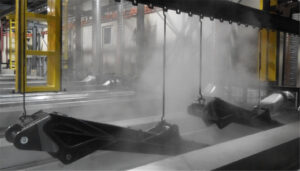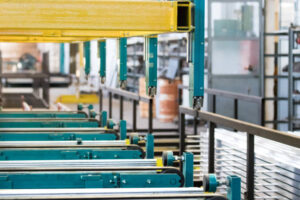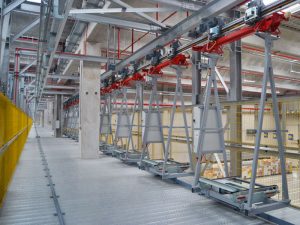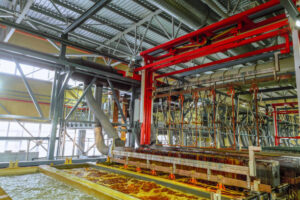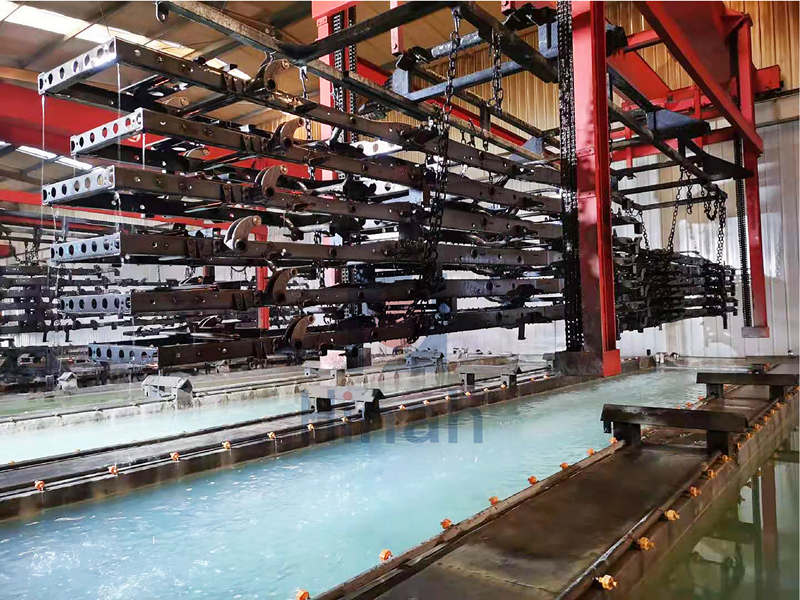In a well-run e-coating line, consistency is everything. So when sediment appears after coating, even in small amounts, it can quickly disrupt production flow, compromise surface quality, and raise concerns about process stability. For quality-conscious manufacturers, such issues are more than cosmetic—they signal deeper problems that must be addressed promptly.
This article examines the common reasons behind sediment formation in electrocoating systems and offers practical guidance on how to remove it effectively—restoring not only the coating’s appearance, but the integrity of your entire process.
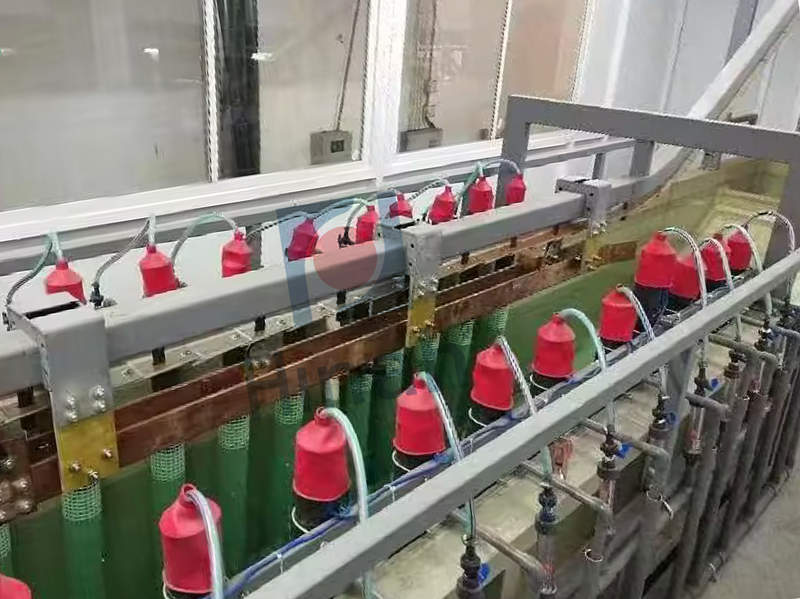
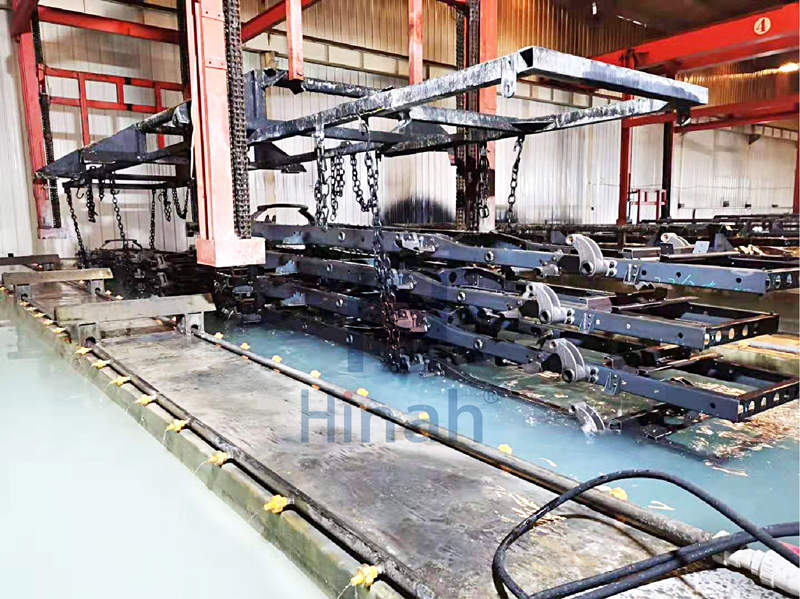
Common Causes of Sediment in Electrocoating
Sediment in an electrocoating line often stems from a combination of overlooked process variables. One of the most frequent causes is inadequate pre-treatment. If workpieces carry residual chemicals or impurities into the bath due to poor rinsing or improper chemical control, it can trigger unwanted reactions that lead to sedimentation.
Improper paint replenishment is another critical factor. When new electrocoating paint—especially pigment paste—is added without thorough dilution or mixing, localized concentration differences may cause solids to settle. Additionally, insufficient circulation or agitation in the bath can allow heavier components of the coating material to drift downward and accumulate over time.
Process conditions also play a key role. A pH level that is too high can destabilize the paint system, while excessive bath temperatures can break emulsions and lead to sediment formation. Each of these issues on its own may seem minor, but together they can severely impact coating performance if not corrected in time.
Understanding these root causes is the first step toward maintaining a clean and efficient electrocoating process.
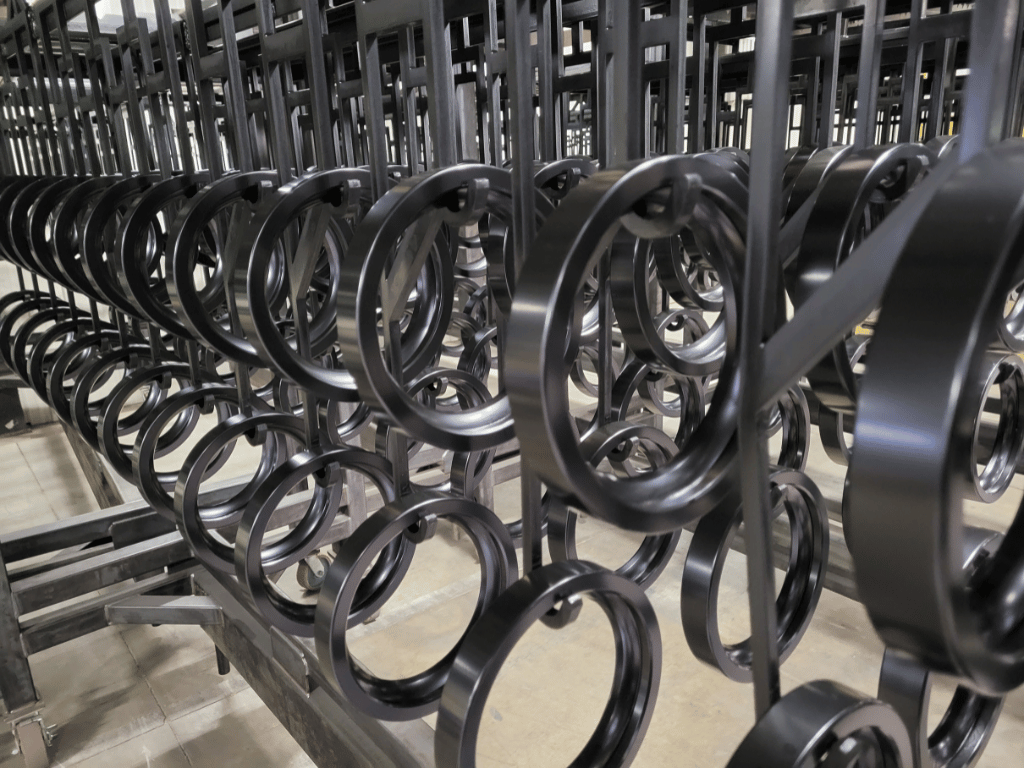
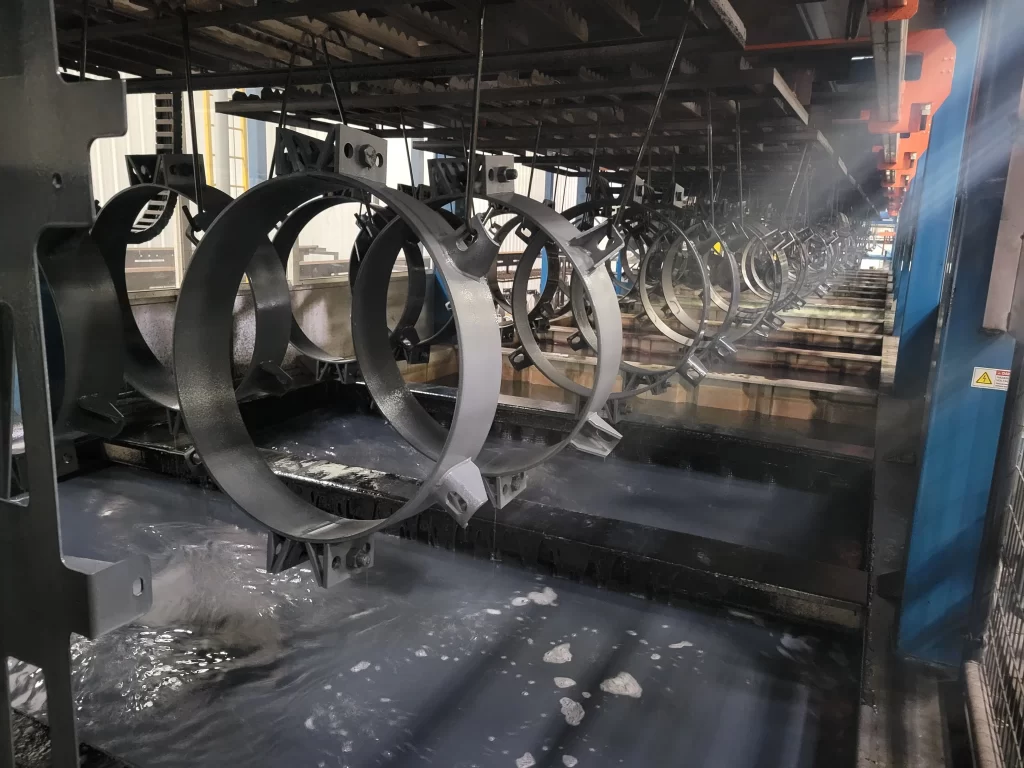
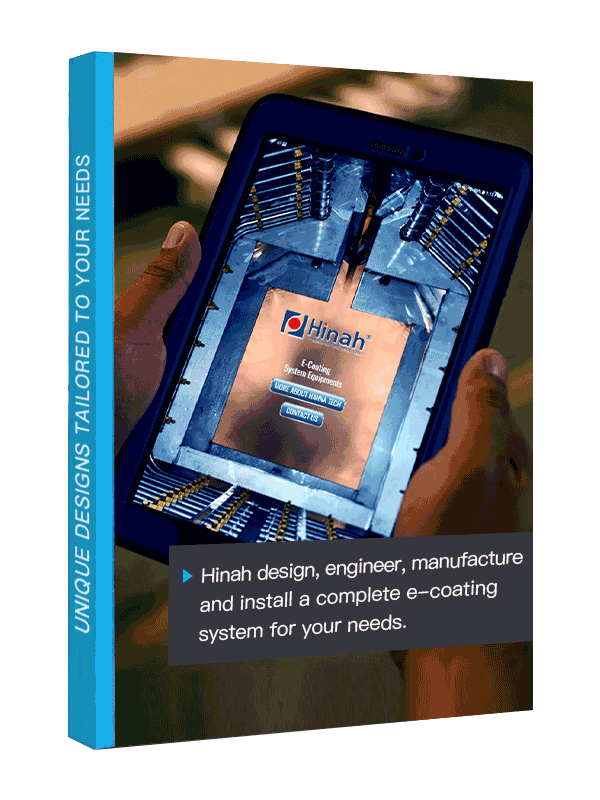
Let's Have A Chat
Get An E-coating Line Planning !
Match Your Products, Get The Solution & Price..
Improving Electrocoating Process Control
To reduce the risk of sediment, electrocoating lines must be managed with careful attention to each stage of the process. A good starting point is the pre-treatment system—when degreasing or rinsing is inadequate, chemical residues can carry over into the bath, triggering unwanted reactions. Ensuring that all pre-treatment steps are properly maintained and monitored helps prevent this. When adding fresh paint, it’s crucial to dilute and mix pigment dispersions thoroughly before introducing them through the auxiliary tank or main circulation loop, avoiding sudden concentration changes that lead to settling. In parallel, key bath parameters such as pH and temperature must be kept within optimal ranges. A high pH level or excessive heat can destabilize the paint emulsion, increasing the chance of sediment formation. By tightening control over pre-treatment, paint replenishment, and bath conditions, manufacturers can maintain a stable, efficient, and clean electrocoating process.

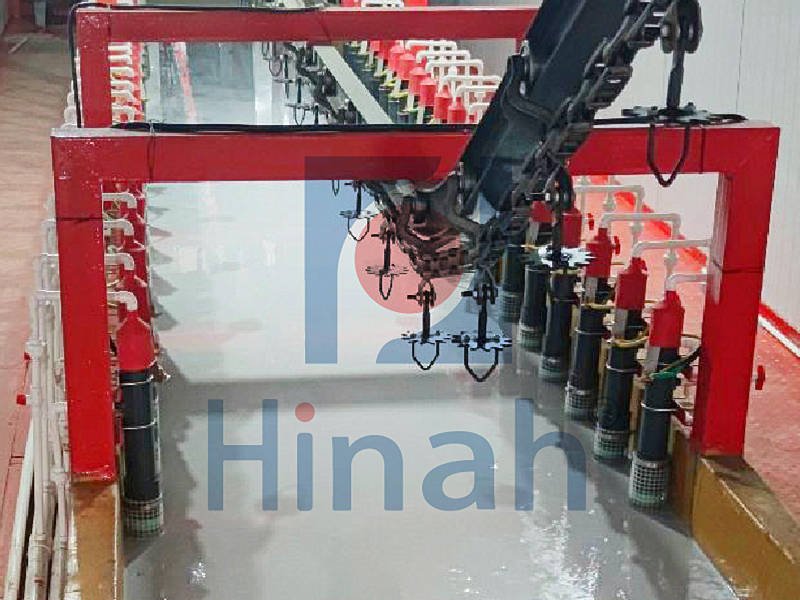
Ensuring Circulation and Filtration in Electrocoating Systems
A well-functioning circulation and filtration system is vital to preventing sediment buildup in electrocoating baths. When agitation weakens or flow becomes uneven, heavier components in the paint—such as pigments and resins—can begin to settle at the bottom of the tank. Regular inspection of pumps, filters, and pipework ensures that circulation remains consistent and effective. In cases where sediment is already present, bath filtration and ultrafiltration become necessary steps. These processes help remove suspended solids and contaminants, restoring the clarity and stability of the bath. For severe contamination, partial or full tank cleaning may be required, followed by the controlled addition of fresh paint and deionized water. Prioritizing system maintenance not only minimizes downtime, but also ensures a smoother, more reliable electrocoating operation.
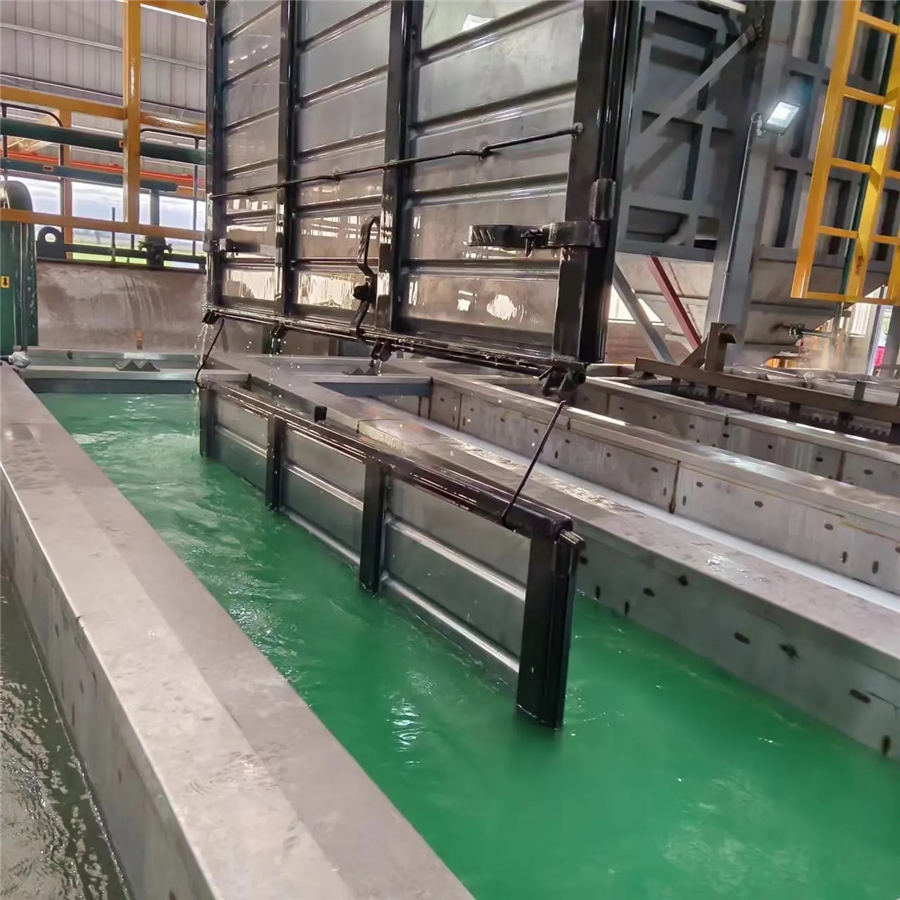
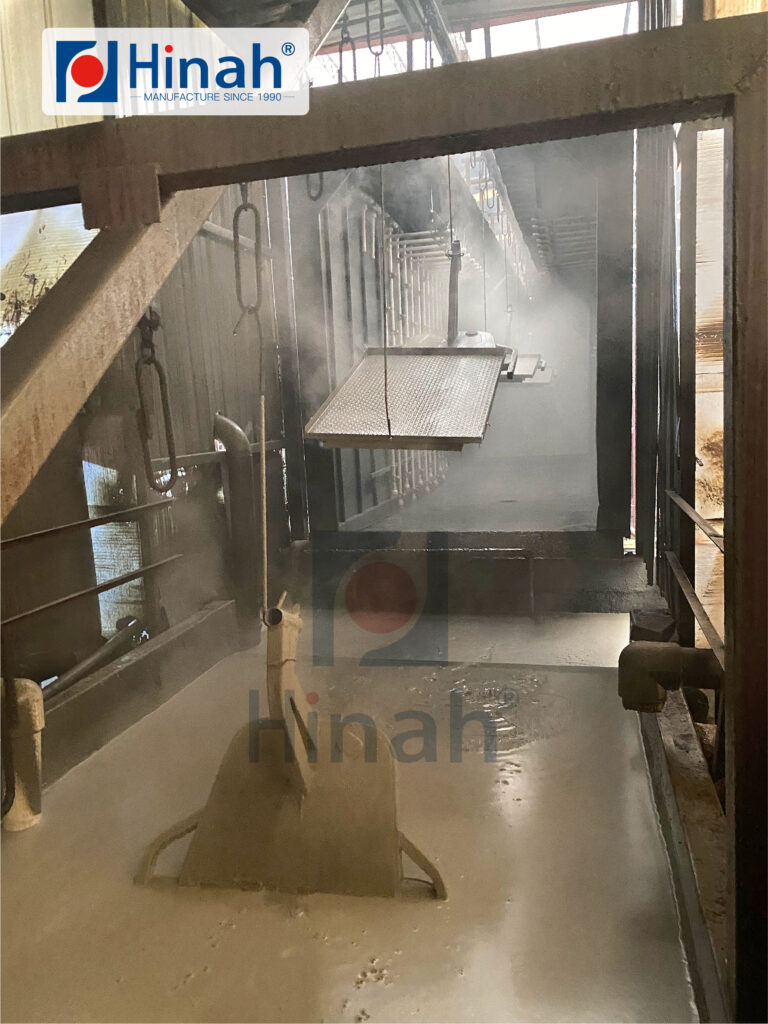
Timely Removing Sediment
When sediment is already affecting the quality of the electrocoating finish, timely removal is essential to restore normal operation. The first step is to assess the severity—if the buildup is mild, improving circulation and adjusting pH or temperature may be sufficient. For more serious cases, a thorough tank cleaning might be required, followed by filtration or ultrafiltration to remove remaining particles. Afterward, the system should be replenished carefully with fresh paint and solvents to rebalance the bath. In areas where dried sediment has adhered to surfaces or fixtures, specially formulated paint removers may be used, though protective measures must be taken due to their strong odor or chemical irritants. Ultimately, swift and targeted action not only restores coating quality but also prevents long-term damage to the system and ensures consistent production results.

